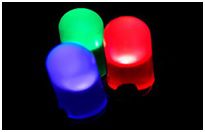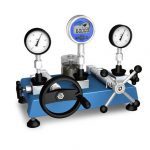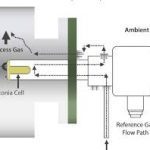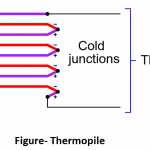Table of Contents
LED Display
In today’s world, LED display has been widely applied in the banking, securities trading, highway signs, airport, advertising and other fields. As is evident from its name, LED (Light Emitting Diode) is basically a small light emitting device that comes under “active” semiconductor electronic components. It’s quite comparable to the normal general purpose diode, with the only big difference being its capability to emit light in different colors. The two terminals (anode and cathode) of a LED when connected to a voltage source in the correct polarity, may produce lights of different colors, as per the semiconductor substance used inside it.

A light-emitting diode is a two-lead semiconductor light source. It is a p–n junction diode that emits light when activated. When a suitable voltage is applied to the leads, electrons are able to recombine with electron holes within the device, releasing energy in the form of photons. This effect is called electroluminescence, and the color of the light (corresponding to the energy of the photon) is determined by the energy band gap of the semiconductor.
The material used in LEDs is basically aluminum-gallium-arsenide (AlGaAs).





Different wavelengths involved in the process determine the different colors produced from the LEDs. Hence, light emitted by the device depends on the type of semiconductor material used.
Infrared light is produced by using Gallium Arsenide (GaAs) as a semiconductor. Red or yellow light is produced by using Gallium-Arsenide-Phosphorus (GaAsP) as a semiconductor. Red or green light is produced by using Gallium-Phosphorus (GaP) as a semiconductor.
Advantages of LEDs:
- Very low voltage and current are enough to drive the LED display.
Voltage range – 1 to 2 volts. Current – 5 to 20 milliamperes.
- The response time is very less – only about 10 nanoseconds.
- The device does not need any heating and warm up time.
- Miniature in size and hence lightweight.
- Have a rugged construction and hence can withstand shock and vibrations.
- An LED has a lifespan of more than 20 years.
Disadvantages:
- A slight excess of voltage or current can damage the device.
- The device is known to have a much wider bandwidth compared to the laser.
- The temperature depends on the radiant output power and wavelength.
Read Also:-
Related Search:-





Filter Regulator Lubricator
Filter Regulator Lubricator





Pressure Gauge Calibration
Pressure Gauge Calibration





Humidity Measurement
Humidity Measurement





Types of transducers
Types of transducers





How To Zirconia oxygen analyzer works
How To Zirconia oxygen analyzer works




